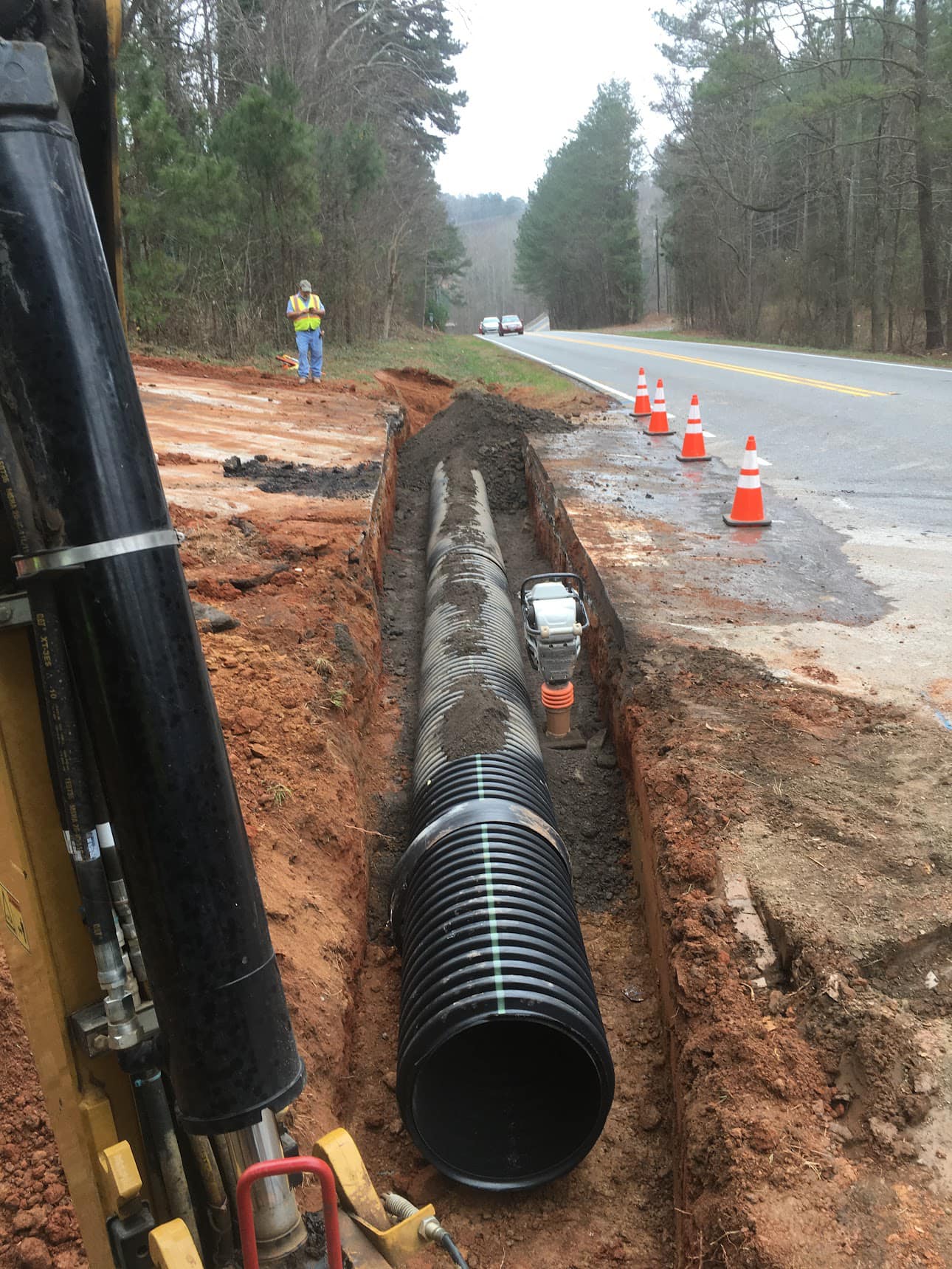
Understanding Soil Types: A Key Factor in Successful Excavation Projects Apr 12, 2025
Before breaking ground, it's essential to determine the type of soil you are dealing with. Generally, soils are categorized based on their composition, which can range from clay and silt to sand and gravel. Each type has its specific characteristics and behaviors that affect the excavation process.
Clay soils are known for their high density and low permeability. They are cohesive, which can be beneficial because they hold their shape well during excavation. However, they expand and contract with moisture changes, potentially leading to structural instability. It's important for our team to conduct thorough testing and moisture assessments to mitigate these risks, ensuring a stable and secure excavation.
Silt soils are finer than sand but coarser than clay. They offer moderate water retention, making them prone to erosion and displacement. While generally easier to excavate compared to clay, silt requires careful evaluation to prevent issues with water drainage and soil compaction. This type of soil's tendency to shift easily under pressure means our experts often account for stabilization methods early in the planning stage.
Sand, composed of coarser particles, is generally well-draining and easier to work with regarding water management. However, its lack of cohesion can lead to potential collapse, necessitating proper support systems during excavation. Ensuring our team integrates reliable shoring and trench support systems can prevent unforeseen complications, safeguarding both the site's integrity and our crew's safety.
Gravel provides excellent drainage and is easy to excavate due to its loose structure. However, this same quality can lead to instability in uncovered trenches. Appropriate support and backfilling are essential to maintaining site stability when working with gravel-rich terrain. Understanding these factors helps us optimize excavation strategies to maximize efficiency and safety.
Aside from these broad categories, it’s important to recognize that many landscapes feature mixed soils, requiring a dynamic approach to excavation. For example, a site might contain sandy layers over a clay base. Each layer demands specific techniques to ensure the project’s integrity, emphasizing the significance of comprehensive site analysis.
At Milford Septic and Plumbing, we take pride in our meticulous planning and experienced execution. Our commitment to understanding soil composition helps us provide superior excavation services tailored to each project's unique requirements. From preliminary site surveys to advanced soil testing, our experienced professionals ensure that every factor, including soil type, is carefully considered for optimal results.
In conclusion, recognizing the importance of soil types in excavation projects cannot be overstated. By understanding the characteristics and behaviors of different soils, executing a successful excavation becomes attainable. Milford Septic and Plumbing is dedicated to applying this knowledge to deliver exceptional, reliable results. Our expertise in navigating soil challenges equips us to transform complex projects into triumphs, ensuring your excavation needs are met with the utmost precision and professionalism.
/filters:no_upscale()/media/82803120-f276-4bc6-9d1e-b8052b3d555f.png)
/filters:no_upscale()/filters:format(webp)/media/43549857-b606-4eed-ae2a-11af7a7de188.jpeg)